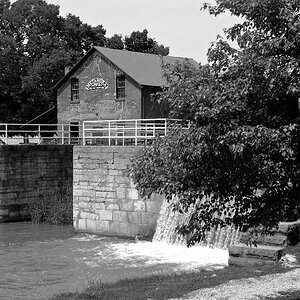gagey
TPF Noob!
- Joined
- Apr 22, 2010
- Messages
- 84
- Reaction score
- 0
- Can others edit my Photos
- Photos OK to edit
Greetings!
Like the shot. It's unfortunate that you didn't have a more colorful sky but the magic-hour blueish haze is beautiful. The lighthouse contrasts nicely against the horizon. It seems to be pretty sharp but I would have to see it more closely to be sure.
Honestly your original shot looks to be the better of the two. You actually toned down the contrast with your adjustments. You lost a little detail in the lighthouse as well. You also lost contrast on that fantastic horizon line. Overall, I like the mood of the shot but the first one is in better shape.
A good way to approach editing this composition is to enhance its mood. You took this on what appears to be a pretty rainy, cloudy morning. To me it conveys somberness and gives the feeling of being cold and damp and the lighthouse is a symbol of home and hope. I would translate that into enhancements. In this case, the first thing to do is import the RAW into lighthouse. I use Bridge and Photoshop which together is pretty much Lightroom with more toys.I am not well versed with Lightroom. I beta tested it but I was more comfortable with PS and Bridge.
That being said, here is how I would approach this:
(Disclaimer: take what parts you like and dump the rest. This image has many artistic possibilities and I am merely demonstrating one and I am sure there is better advice out there than mine)
Cold, dark, wet, somber, sad, light, hope, home, safe
Using these words as a guide, consider visual translations of those words using the image as the canvas. Think of the image as your color palette and now you are going to highlight the details.
Cold, dark and wet is the sea and sky and blue dominates them both but you have a clear horizon line defining the two. I would intensify the blue in the water and make it a deeper blue but no so much so as to make it look too surreal and then add the slightest bit of purple in the top of the sky but blue would be the dominant color. (Graduated filer in the RAW editor is a nice tool for this). I would also up the contrast in the sky as well to get a little definition in the clouds as well as darken the overall sky a little. Through all of this, it's important to maintain the nice horizon line. The horizon line is a tad crooked so I would rotate the image a degree or two to straighten it out.
Other effects to consider: Doing a slight vertical motion blur on the water right at the horizon line. Possibly adding a little blur to the sky. Kind of a long exposure look
Lighthouse of hope: Warm, Home, Safe, Hope
This is easy. First thing to do is sharpen the lighthouse. Tweak levels and curves to lighten the lighthouse a little bit. The idea is to make it pop in the mid-ground with striking contrast but not artificial-looking. If the image is not very sharp to begin with it may not be as dramatic but less drama is good too.
Other effects: create a little light source gleaming from the lighthouse and use the lens flare filter to embelish it a bit.
Overall alternate idea: Convert it to black and white and tweak out all the detail you can with high contrast and sharpening and then adding noise over it to give it a grainy look.
Hope that inspired!
thank you.....being new to editing it may take me a few times to figure out exactly what you are talking about but i am going to pla around with it more and try to figure it out....i apprieciate your advice and makes me happy the origional looks better maybe i shouldnt be so concerend with trying to fix my pictures as i was thinking.....i didnt try to do much to the edited photo just a few things so i am going to play around a bit more and see if can try to convey what you are saying into the picture
Yes, most (if not all) professional photographers edit their work. That includes those using the darkroom still. However, if you can't take a good photo editing won't save it so I always say to concentrate more on your actual shooting and later on begin to learn editing more.
i like my pictures but i dont know if everyone will agree with me i didnt ever think they looked horrible with out being edited but i think that they all could improve somewhat once i can actually figure out what i am doing with editing
this is terrible - but how do i post my own question?? i have so many and im new to this forum.
you click on create a new thread button
I really like the shot and like an aboce poster mentioned the lighthouse stands out to the pale bluse sky great job
thank you




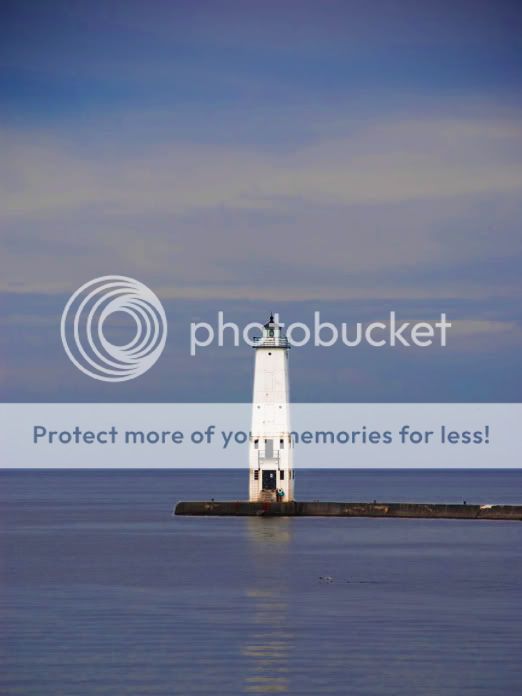
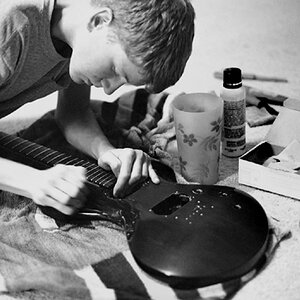
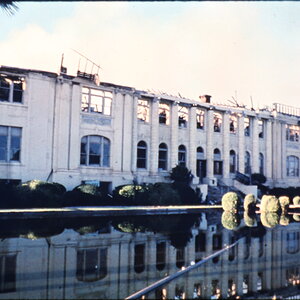
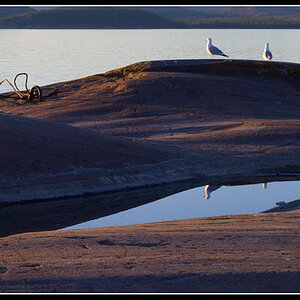
![[No title]](/data/xfmg/thumbnail/31/31091-00a77a1c08cddcf7dc236d9317f868d2.jpg?1619734607)
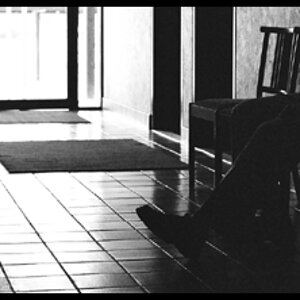
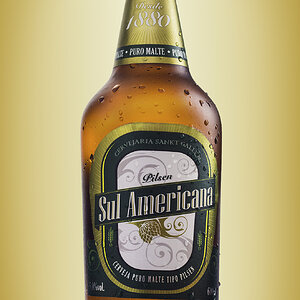
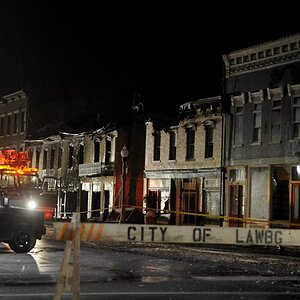
![[No title]](/data/xfmg/thumbnail/31/31095-2b52a6dcc956382cffdd384ae4d156f2.jpg?1619734612)
![[No title]](/data/xfmg/thumbnail/39/39479-b21bb968588fb225cd453013c6512c9a.jpg?1619739047)

